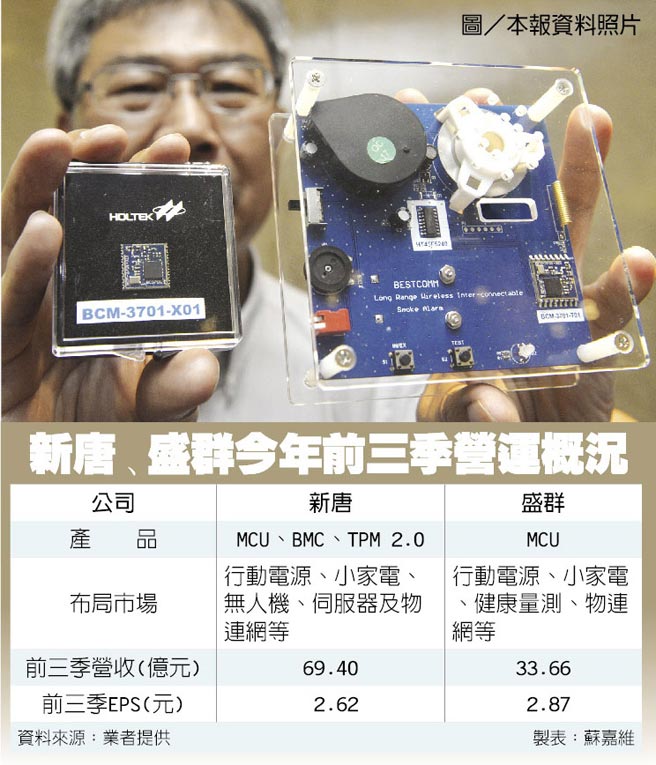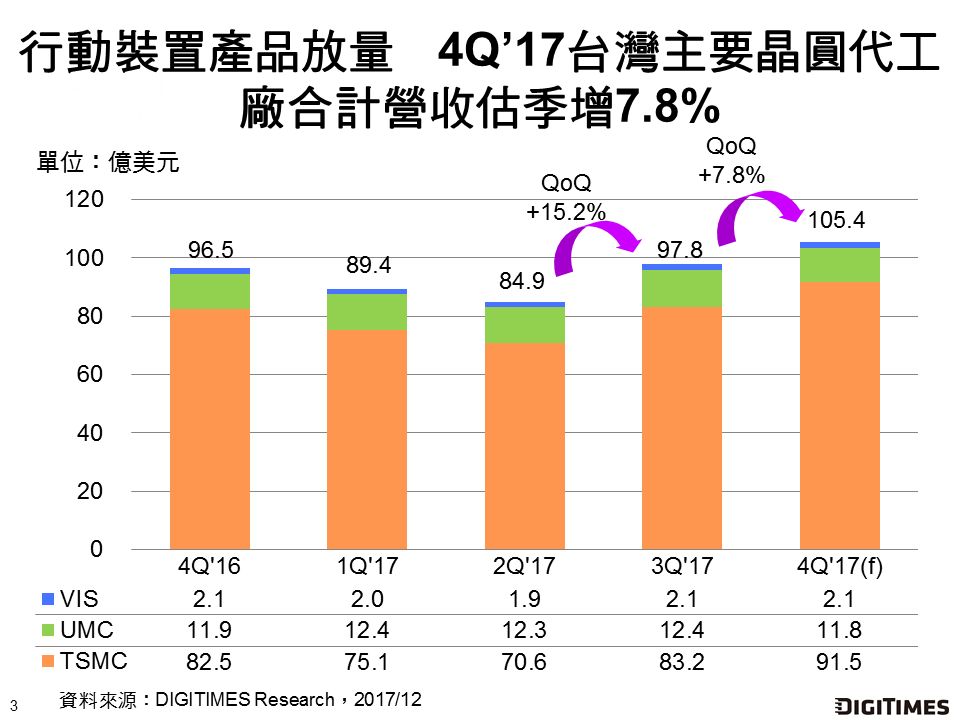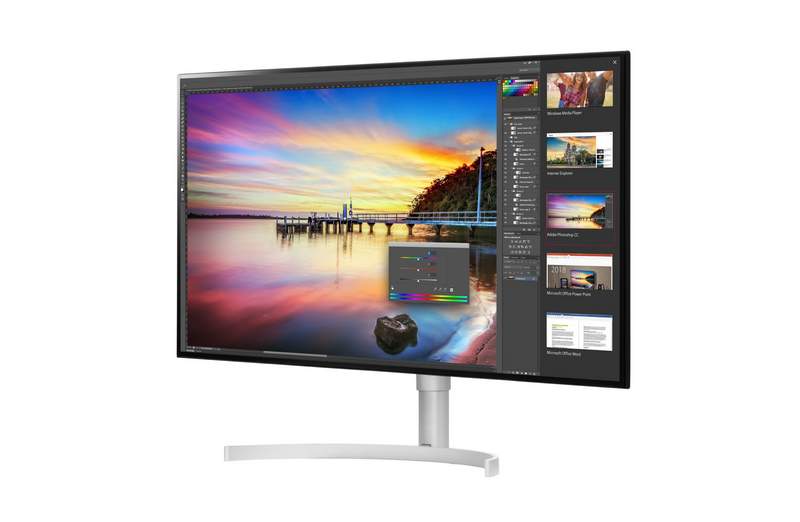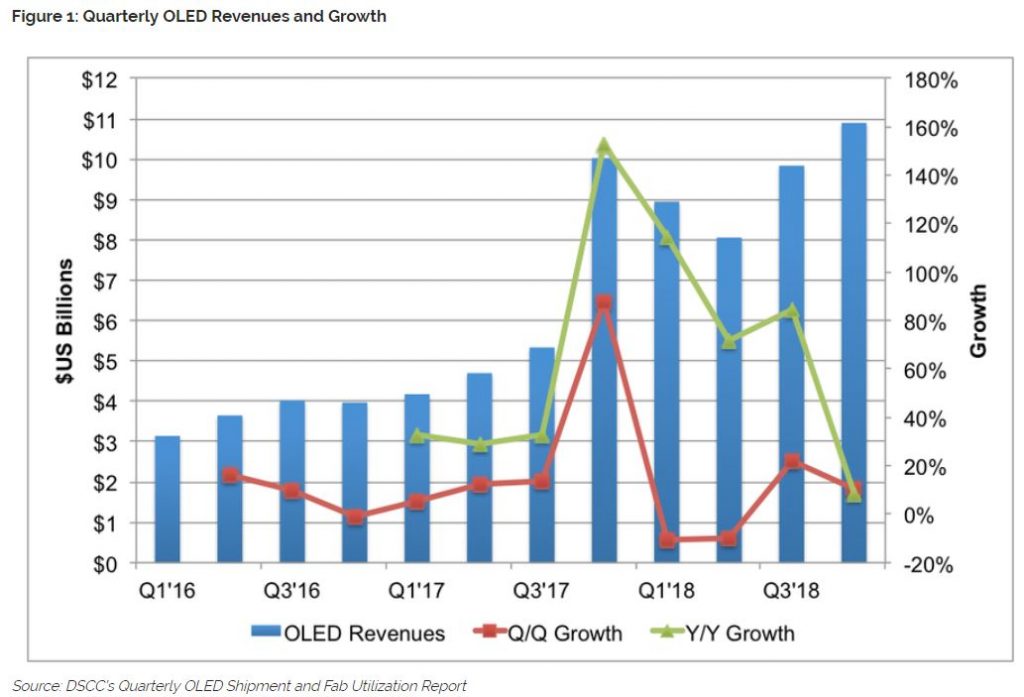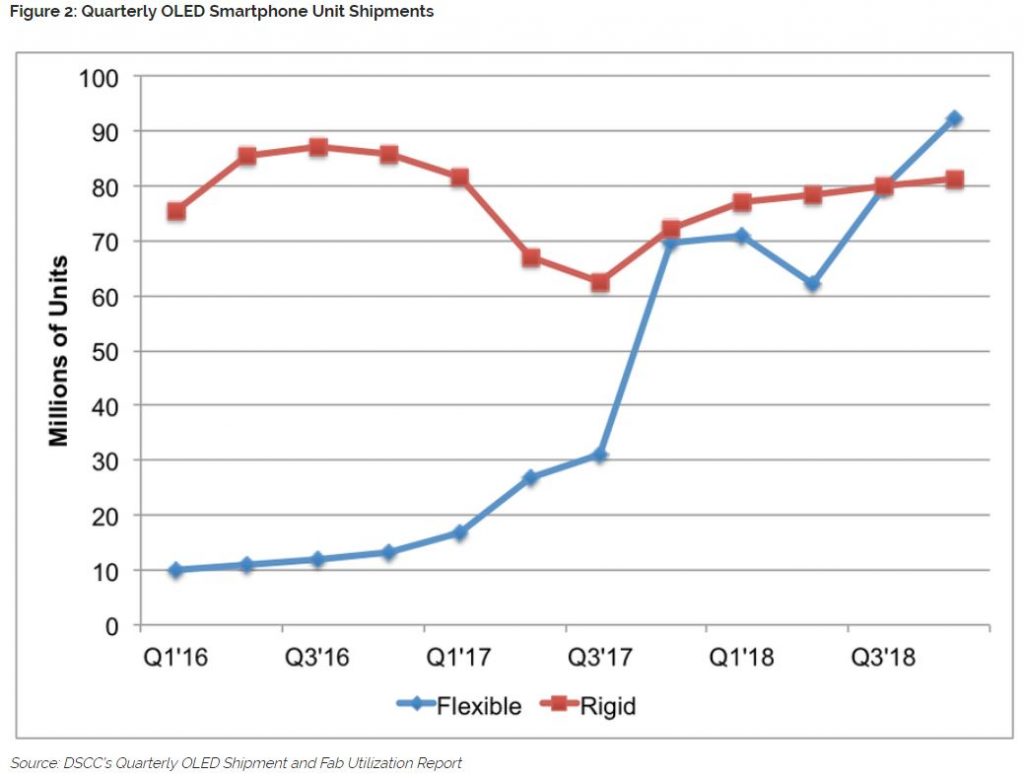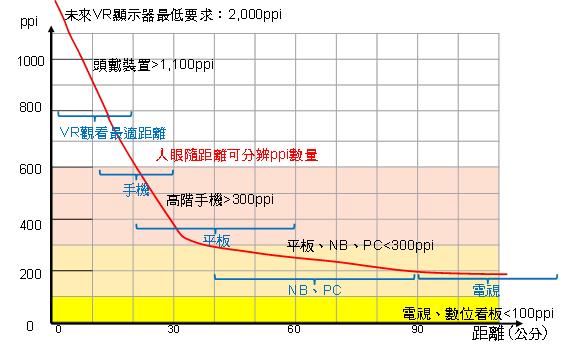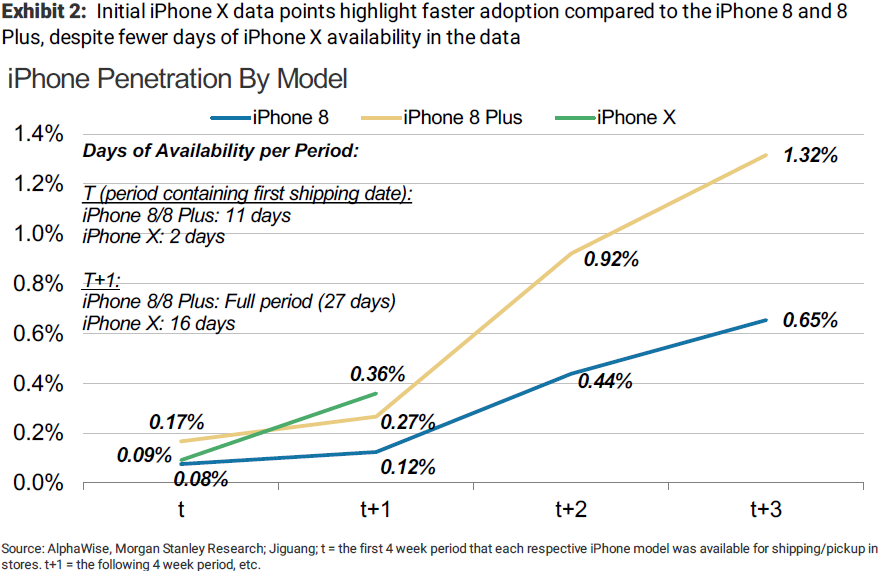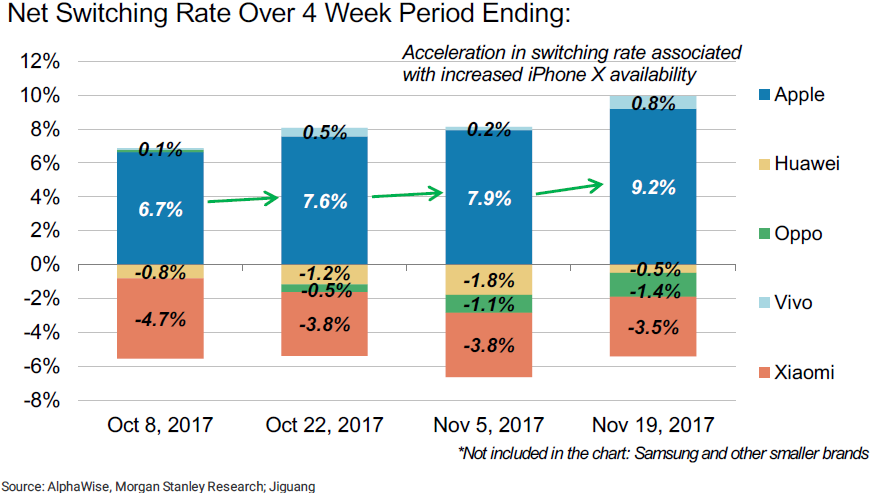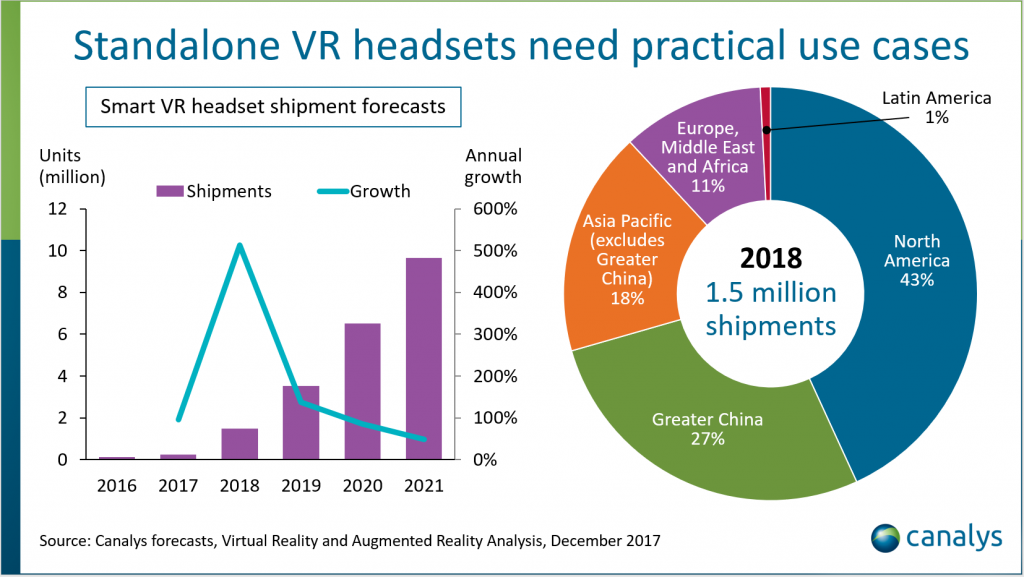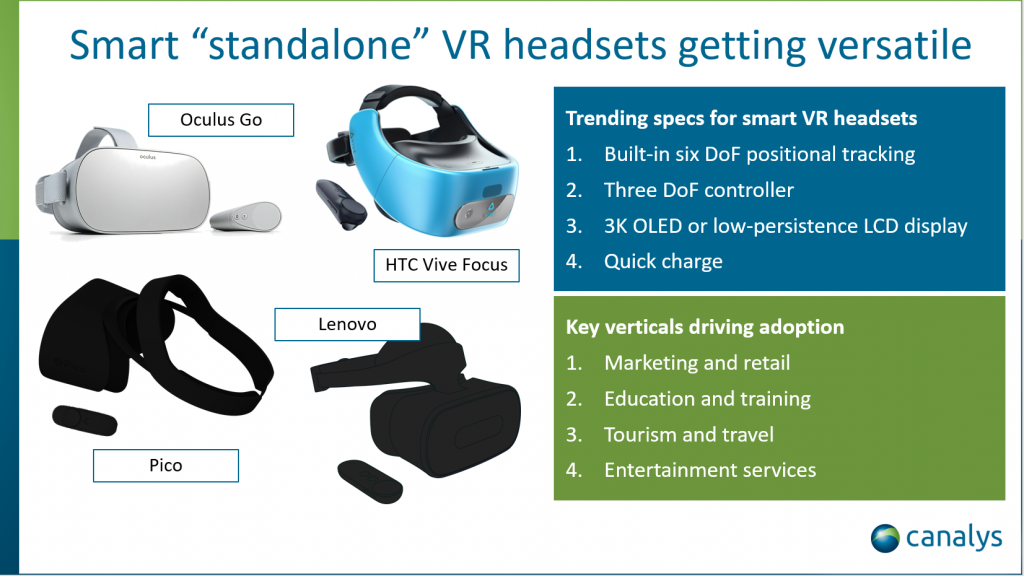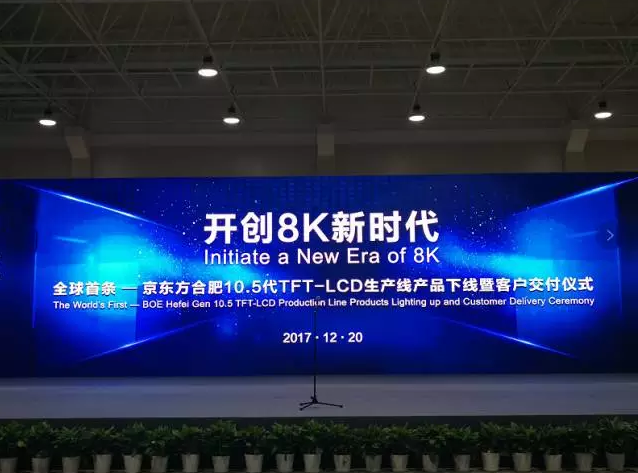
12-23: BOE has announced it has officially kicked off commercial operations at its first, as well as the world’s first, 10.5G line; National Development and Reform Commission (NDRC) reportedly has decided to have a talk with Samsung; etc.
Chipsets
Qualcomm is reportedly engaging TSMC to roll out a modem chip very soon in 1H18 and TSMC will manufacture Qualcomm’s upcoming flagship Snapdragon processor, known as Snapdragon 855, before the end of 2018. (Ubergizmo, Asia Nikkei, WCCFTech, Pocket Now, Tencent, iFeng, HQEW)
Smartphone brands are reportedly cutting their orders, especially for flagship models, impacting the chipset vendors. Qualcomm and Samsung are affected the most. MediaTek, as in 2017 its flagship models share has dropped, thus is not affected much. Apple, OPPO and vivo non-flagships sales are not as good as expected, yet better than the flagship models. (UDN, Laoyaoba)
Entering 1Q18 off season for semiconductor industry, yet NXP, STMicroelectronics and other vendors have allegedly increased the cost of MCU by at most 10%. This implies the demand of MCU is still high thanks to automotive and smart home market, causing tight supply. NXP actually has informed its distributor to increase its MCU cost by 5%~10% in 1Q18. According to IEK, the CAGR of MCU market for 2015~2020 would be about 2.9%, which indicates a stable growth. (HQEW, CNYES, China Times, UDN)
Taiwan wafer foundry revenues for 4Q17 are estimated to surge 7.8% sequentially and 9.3% on year to USD10.54B, with the growth mainly seen in revenues from communication applications and associated with 10nm process, according to Digitimes Research. (Digitimes, Digitimes, press)
Touch Display
According to Photonics Industry & Technology Development Association (PIDA), AMOLED is controlled by Samsung Display, with 90% market share. Apple is actively looking for a replacement for AMOLED, and Micro LED has become their focus. PIDA indicates that Sony is the first to enter Micro LED, launching Crystal LED Display in 2012 and CLEDIS prototype in 2016. (Laoyoaba, OfWeek, UDN, CNABC)
Polarizer maker Chimei Materials Technology has announced additional investment of USD73M in its subsidiary in Kunshan, eastern China, which is planning to expand paid-in capital by USD146M. After the new capital investment, Chimei’s holdings in the Kunshan subsidiary will remain below 50% as compared to its current holdings of 49%. (Digitimes, press, UDN, PJTime)
BOE Technology has announced it has officially kicked off commercial operations at its first, as well as the world’s first, 10.5G line with initial production to focus on large-sized 8K panels. The 10.5G line will have a production capacity of 120,000 substrates a month. (Laoyaoba, Xinhuanet, iFeng, Digitimes, press)
LG is showing off their new line of Nano IPS monitors. Among the first monitors to feature the Nano IPS technology will be the LG 32UK950. Its 32” panel has a 3840×2160 resolution, can reproduce 1.07 billion colors and cover 98% of the DCI-P3 color space. (My Drivers, eTekNix, Extreme Tech, AnandTech, The Verge)
According to DSCC, quarterly OLED revenues exceeded USD5B for the first time in 3Q17 and are expected to rise 88% QoQ and 153% YoY in 4Q17 to USD10B. Flexible smartphone OLEDs are driving the revenue growth on pent-up demand for Apple iPhone X. Flexible OLED display revenues rose 37% QoQ in 3Q17 and are expected to grow 140% QoQ in 4Q17. Samsung is the top OLED panel supplier in 3Q17 with a 91% share, which is expected to rise to 93% in 4Q17 on higher flexible OLED output. (DSCC, press, OLED-Info, Sohu)
According to Digitimes Research, in 2017 a number of big vendors are adopting OLED panels for their smartphones, and some even push it down to their mid-range models. Currently, the main mid-to-small sized OLED panel vendors are from Korea, and thanks to equipment technology breakthrough, they are really pushing for higher PPI. (Digitimes, press)
Memory
China’s anti-trust regulator, National Development and Reform Commission (NDRC) reportedly has decided to have a talk with Samsung after receiving a slew of complaints from phone makers about price hikes in its memory chips. Samsung has about 48% of global DRAM market, and 35.4% of NAND Flash. (Sohu, OfWeek, Sina, CGTN)
Biometrics
According to Strategy Analytics, Apple’s upgraded front-facing TrueDepth camera has allowed new security and augmented reality features through Face ID and Animojis, respectively. In particular, consumer sentiment surrounding Face ID is extremely positive. Consumer sentiment for the display and battery is also positive. Around 80% of reviews for these core features are positive though sentiment remained greater for the camera. (Ubergizmo, Strategy Analytics, BGR, Sina)
OnePlus allegedly is planning to integrate advanced face recognition technology on the OnePlus 6 to take on the Face ID feature of Apple iPhone X. The hardware setup will be similar to that of the iPhone X and that the device will make use of an infrared 3D camera module, which will be located on the front of the device. (Android Marvel, GizChina, Hexun)
Battery
Apple officially admits that they deliberately slow down the processor speed of iPhone as they age, the company has now been sued three times in various federal courts nationwide. (CN Beta, Apple Insider, TMZ, Ars Technica, )
Connectivity
China Unicom has reached the fastest 4G LTE download speed in the world: 1.2Gbps. The company has just announced that the tests for the 1.2 Gbps speed have been completed, and there is no carrier which has obtained such fast download speeds. The device which reached this result is equipped with the Snapdragon 845 SoC, which is equipped with its Snapdragon X20 Cat. 18 LTE modem. (Gizmo China, IT Home)
Smartphones
Sunac, through its real estate subsidiary Sunac Real Estate, plans to invest CNY6.04B in LeEco’s Shenzhen-listed unit Leshi Internet Information and Technology Corp Beijing, by acquiring an 8.61% stake. It also plans to invest CNY1.05B in LeEco’s film production company, Leshi Pictures, by acquiring a 15% stake, and pay another CNY7.95B (USD1.15B) for a 33.5% stake in Leshi Internet’s subsidiary Leshi Zhixin, known for its smart Internet TVs. (GSM Arena, Reuters, 163, Tencent, Sohu)
HTC Taiwan General Manager Darren Chen indicates that the company will continue to streamline the product lines, and there will products tackle different price segment markets. It will not be like a number of products for one price segment in the past. He also indicates that there will be 4~5 products in 2018, but the connection between current gen and next gen products are more important than the number of products launched. (CN Beta, UDN)
Apple iPhone X is not only pushing existing customers in China to adopt the new luxury phone, but is even causing people to switch away from different brands, according to Morgan Stanley. Analyst Katy Huberty explains that in the last 6 months, Apple’s period-over-period active smartphone market share gains have averaged 1.4 basis points. In the two four-week periods that contain partial iPhone X shipment data, however, share gains averaged 87.1 basis points, driving iPhone market share to 21.2%. (CNBC, Yahoo, 9to5Mac, My Drivers, Tencent, P5W, Sohu, PC Pop)
Shipments of Apple iPhone X are estimated to reach between 30M~35M units in 4Q17 and stay flat or drop slightly in 1Q18, according to sources from the semiconductor packaging and testing service industry, cited by Digitimes. (Digitimes, press, Digitimes, EE World)
Wearables
Canalys forecasts standalone smart VR headset shipments will pass 1.5M in 2018, and grow with a CAGR of 140% to reach 9.7M units in 2021. Oculus, HTC and Lenovo are launching new standalone headsets aimed at different market segments, which will drive rapid market growth. Standalone VR headsets are expected to help push the VR headset market to 7.6M units in 2018, twice the shipments forecast for 2017. (Canalys, press, Laoyaoba)
Internet of Things
Technology companies and traditional automotive vendors are aggressively entering self-driving segment. In the recent years, with the support of the government, various local cities are also actively involved in the development of smart cities to cater for the technological revolution of self-driving vehicles. In addition to self-driving technology, the global car sharing service is expected to create a total revenue of USD1T in 2040. (Digitimes, Reado1, Laoyaoba)
China-based drone player Da-Jiang Innovations Science and Technology (DJI), which currently has 2/3 of the worldwide consumer drone market, is planning to expand into the commercial sector to cover applications including agriculture, green energy, film and television, construction, media and emergency rescue. (Digitimes, press, Laoyaoba)
China’s Ministry of Science and Technology (MST) in Jul 2017 began implementing the Planning for Development of New-generation AI (artificial intelligence) and the Ministry of Industry and Information Technology (MIIT) on 13 Dec 2017 announced the Three-year (2018-2020) Action Plan to Promote Development of New-generation AI Industry. (Digitimes, press, Sina, NBD)
